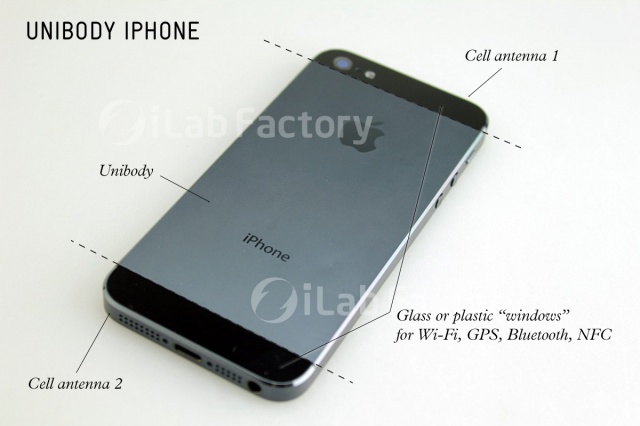
Find Out Why Apple Opted For A Two-Toned Metal Backplate In iPhone 5
While all those iPhone 5 leaks and rumours pouring in lately, a pretty interesting fact that most of us have been overlooking is why the purported next-generation iPhone photos and 3D renders are speculating that Apple would go for a unibody design with a two-tone metal backplate? Industrial designer Don Lehman from The Techblock has dissected the design of the next iPhone explaining why the back of the next iPhone looks the way it does (via Cult Of Mac). He believes that the new iPhone’s back plate doesn’t just look good, it’s incredibly functional and quite durable as well.
Here’s what Lehman says is behind the two-tone backplate design:
When the iPhone 4 first launched, it was a GSM-only phone, meaning it only worked on cell networks using the GSM standard. (AT&T, yes. Verizon, no.) The GSM iPhone 4 introduced the idea of an external metal-band antenna. It broke into two sections. One section for cell/data reception, and another section for GPS, Wi-Fi, and Bluetooth. This design worked but was also susceptible to a signal degradation if gripped in the wrong spot (aka Antennagate).
When the CDMA version of the iPhone 4 came out in February 2011, the design of the steel bands changed. This design would also carry over to the 4S. The 4S’s steel band is comprised of four pieces of steel: two U-shaped pieces at the top and bottom, and two long, flat pieces on the side. The steel sections don’t actually touch each other — they are separated by a .65mm piece of plastic. The way I understand the 4S cell antenna to work is this: There are two antennas, one at the top U bracket, and one at the bottom U bracket. The flat steel sides are only there to visually continue the metal band all the way around the phone and for structural reinforcement. The GPS, Wi-Fi, and Bluetooth antennas transmit out of the glass backplate.
Long story short, instead of using the entire metal band for antennas like in the 4, the 4S only uses the top and bottom sections as antennas. Since the flat sides don’t contribute to transmitting signal and only help with the structure of the device, it makes sense to make them even more integral to the structure. This is what makes a unibody iPhone possible.
Most interesting thing about his theory is how the metal part of the back plate makes the device significantly stronger, while the “strips” of Gorilla Glass allow the WiFi, Bluetooth and GPS antennas to peer out. Sounds pretty amazing doesn’t it?


